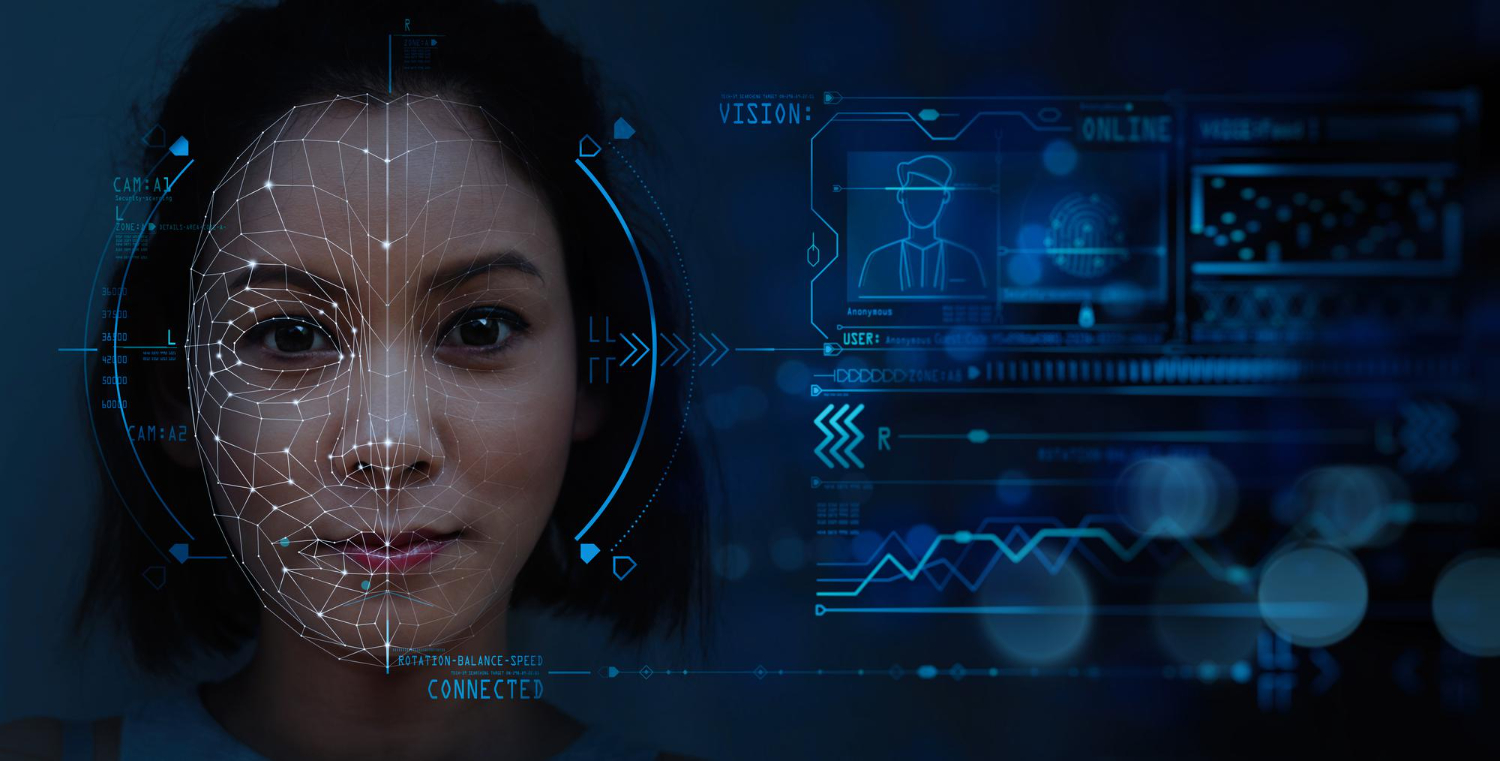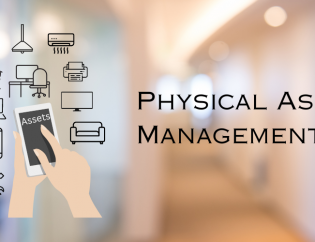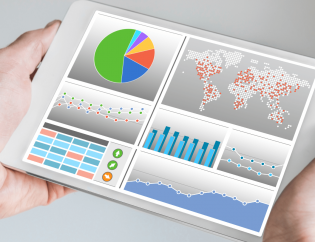
In this blog, we discus about the advantages of a facial-recognition-based attendance system. But first, let's understand the general scenarios and trends.
Attendance systems are not new. For decades, businesses have been using various types of attendance registers. The earliest attendance software was designed to track employee attendance and hours spent by them at the workplace. Needless to mention that they are way more efficient than manual attendance entries and records.
The earlier systems, however, had loopholes and posed challenges such as registering proxy attendance for absentee employees.
With technological progress, systems also kept improving. Biometric attendance systems were an upgrade, and they resolved these issues to a great extent, but not entirely.
Biometric technology uses the uniqueness of human physiological features such as fingerprints, palm, iris, face, and so on for attendance scans. For example, every fingerprint is unique, therefore, no one can get his or her attendance scanned by someone else as a proxy.
However, biometric attendance systems pose other challenges. For example, touch-based attendance systems are unhygienic - remember COVID19? Fingerprints may go undetected by the scanner due to reasons as commonplace as unclean or wounded fingers. Another disadvantage of biometric attendance systems is that they lack ease of deployment, are hardware dependent, and therefore cannot be easily deployed in all locations.
Today, there are different types of attendance systems, suitable for all types of businesses, small or large. The market is, for example, filled with biometric attendance systems - just do a quick Google check and you will find hundreds of them on offer in online marketplaces. Shopping for one is no different from the way you would buy any regular item online.
What Is A Facial Recognition-Based Attendance System?
Attendance systems based on facial recognition technology identifies and authenticates an employee by scanning her face and allows her access to the workplace while recording her in and out data at the same time. This data is stored in the attendance system, which can then be accessed by authorized personnel such as the HR or admin at the workplace.
Advantages of Using Facial-Recognition-Based Attendance System
In this blog, we discuss the usage and advantages of a specific type of attendance system - facial-recognition-based attendance system.
Touchless: One of the unique features of a face recognition attendance system is, of course, it is touchless and, therefore, hygienic. Thanks to the pandemic, more and more companies are now moving away from touch-based biometric systems and opting for touchless systems.
Quick & Easy Deployment: The face recognition attendance system is a simple application that can be deployed anywhere and in no time. It is not hardware dependent and, at the minimum, requires just a mobile or a tab. If you need a quick and easy attendance solution, that’s also touchless, a face recognition attendance system is the one for you.
Central Dashboard & Analytics: The face-recognition-based attendance system has a cloud-based central dashboard that can be logged in by authorized personnel to view multi-branch or multi-location attendance logs and reports. It also provides attendance analytics of the attendance data that the face recognition device captures and stores.
Unlimited Scale: There is no limit to the number of people whose attendance data you want captured by the facial recognition system. Neither is there a limit to the number of locations it can manage.
Efficiency & Usability: A system is efficient if it can capture attendance data via face scan in less than a second. The attendance device should be quick, with low error rate. It scores high on usability if it can scan faces at a sufficient range in terms of distance and lighting. People can come in all heights, shapes, and sizes. Lighting may differ at different times of the day. How smart is the device and software would depend on how quick it is and how low is it's error rate.
Cost-Effective: A cloud-based face-recognition-based attendance system is cost-effective. Like all SaaS solutions, it is not an upfront, one-time buy, but a subscription-based service with assurance of continual support. This flexibility of use - subscription based - is the best part about SaaS solutions.
Another advantage is that if you are not sure about your decision but want to try a system before making up your mind, go for a pilot use first. This way you'll be able to find out if the system suits your business and make the right decision. This is just one of the many advantages of SaaS products.










